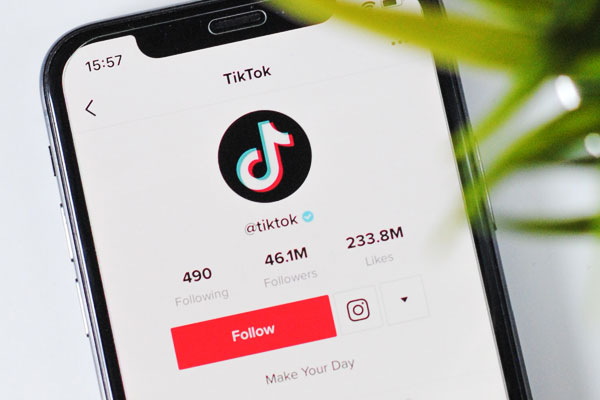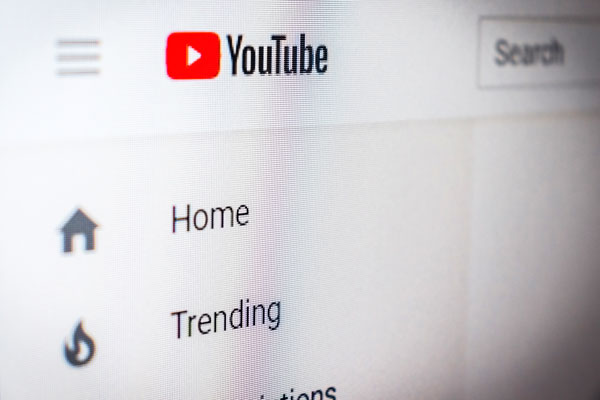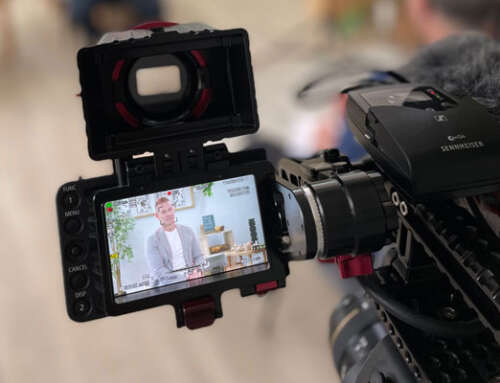How to Create a Video Content Plan
For a brand marketer, video content is a powerful tool for engaging with your target audience and achieving your marketing goals.
But how do you use video effectively to ensure that you’re reaching your goals and getting the best outcome from your budget?
Just like any promotional material a video content plan is essential for ensuring that your videos are consistent, effective, and aligned with your overall marketing strategy.
In this blog I outline ten key steps any brand marketer or business owner should follow when creating a video content plan.

1. Objectives
The first step is to clearly define your goals for your video content to ensure it aligns with your overall marketing and business goals.
Before devising the video content plan, it’s crucial to have a clear understanding of the objectives of your marketing campaign and how the video content will contribute to achieving those objectives.
Key take away
Define your video objectives and align them to your marketing and business goals.
2. Target audience
Next, ensure you have a detailed understanding of your target audience, including demographics, interests, pain points and what stage they are in during the customer journey. For instance you would create a different type of video for a customer that has already bought a product versus a customer who is researching a product. Knowing your target audience is essential to creating videos that connects effectively with them and addresses their specific needs and desires.
Key take away
Understand your target audience and define what stage of the customer journey they are in.


3. Brand voice and tone
As a brand marketer you know how important brand voice and tone is expressed. Defining the voice and tone is HOW you’re going to present you video content. And the overall voice and tone of the brand should be consistent throughout your videos.
It should align with the brand’s values, mission, and target audience. This will help to reinforce and establish a strong brand identity and make the video content consistent with your other marketing channels. It will also help you be more relatable to your target audience and establish a strong connection with them.
Key take away
Ensure HOW your video connects with your audience is consistent with your brand.
4. Video themes
Video themes are the underlying messages that will appear in your videos, where brand voice and tone is how you express your brand, theme is the why.
Themes shouldn’t be confused with your topics or titles, even though they can align closely with them. Think of themes as your brand messaging that support your video topics. For instance if you have a service based business your main theme might be how your service is fast, friendly and effortless. These themes should align with the objectives and target audience and should be consistent throughout the campaign.
Key take away
Video themes are WHY your video exists and represent the underlying brand messaging.


5. Video topics
Now that you’ve devised HOW you’ll connect with your target audience through brand voice and tone, and WHY your video exists through the themes, it’s time to address WHAT your video will be about with video topics.
The topics will cover specific content features aligned directly to your business and marketing messaging. Think of the topic as your video title. For instance you might want to produce a series of videos that promote the features and benefits of each product. In this way the video topics will align closely with your marketing calendar to promote the product when it’s released or a service when it’s in season.
Key take away
Video topics are WHAT your video is about.
6. Video formats
A video format is like a document template. There are different video formats that you can employ, such as product demos, explainer videos, testimonials, live streams.
The formats should align with your objective, target audience and topics. They should be chosen based on their ability to effectively communicate your marketing message. You can engage a mix of different formats to suit the type of products and services you offer during your content plan and can be an effective way to allow you to enhance the distribution and release schedule of your content.
Key take away
Video formats are like document templates they are based on how to best present your information and engage your audience. Formats are not exclusive and you can have multiple formats mixed into the one plan.


7. Video calendar
The video calendar outlines the schedule for creating and publishing your video content. This should include the topics, formats, deadlines and release for each video.
A video calendar will help to ensure that the video content is consistent and that deadlines are met. You should work closely with your video producer or production company on the calendar to ensure that they can deliver the videos as needed. The best approach is to work backwards from your desired release to determine when a video should be produced.
Key take away
The calendar should be a detailed document that outlines the format, topics, production deadlines and release schedule of your videos.
8. Promotion and distribution
Once you’ve scheduled your video release in the calendar, the video plan isn’t over. The most important element now is to plan how you’re going to acquire your target audience through amplification.
During this stage you need to consider how your videos will be promoted and distributed, this will include the channels, audience targeting, and timing. It’s essential to have a plan in place for how the video content will reach the target audience and make an impact. This will be a combination of paid, organic and viral. Identifying this in your plan will help inform you on the type of topics and formats you’ll employ when producing your video content.
Key take away
Promoting and distributing your video is important to not only grow your audience but also the type of video content you need to produce.


9. Metrics
What will success look like for your videos? Here you will determine the different ways you will measure the success of the video content, such as views, shares, engagement and determine the financial ROI.
There’s no one size fits all approach to video metrics so it’s important to identify how best to measure the performance of the video content. The type of metrics you employ will be based on the formats, target audience and overall objectives of the videos. For instance a success metric might be based on an increase of customer leads or it might be on the reduction of help desk enquiries.
Once you have your metrics identified and gathered after launch you’ll use that data to optimise future campaigns
Key take away
There’s no one size fits all approach for video metrics they’ll be based on the overall objective of the video plan and also your business goals.
10. Continual Improvement
For long release schedules I always tell my clients to include the continual monitoring and analysing of the results in order to optimize and improve the video content plan.
It’s essential to continuously evaluate the plan and make adjustments as necessary to ensure that the content not only meets the needs of the business but also connects to the audience. This might mean simple changes like A/B testing the Video Title or more complex changes like updating the video content to include more information based on video views.
Key take away
The video plan should allow for continually optimising the video content so it is more effective and allows you to reach or exceed your goals.

Creating a detailed video content plan is essential for any brand marketer. It will help to ensure that your video content is consistent, relatable, and connects with your target audience, and that the objectives of the campaign are met.
It also forms the basis of your brief with your video producer to ensure you get an accurate and reliable quote from their response.
And remember a good plan should serve as a guide that helps you be flexible and open to changes and adapt and evolve throughout your campaign.
Of course at Ai Digital we’d be more than happy to help you draw up a video content plan.
For more information feel free to contact us today.





